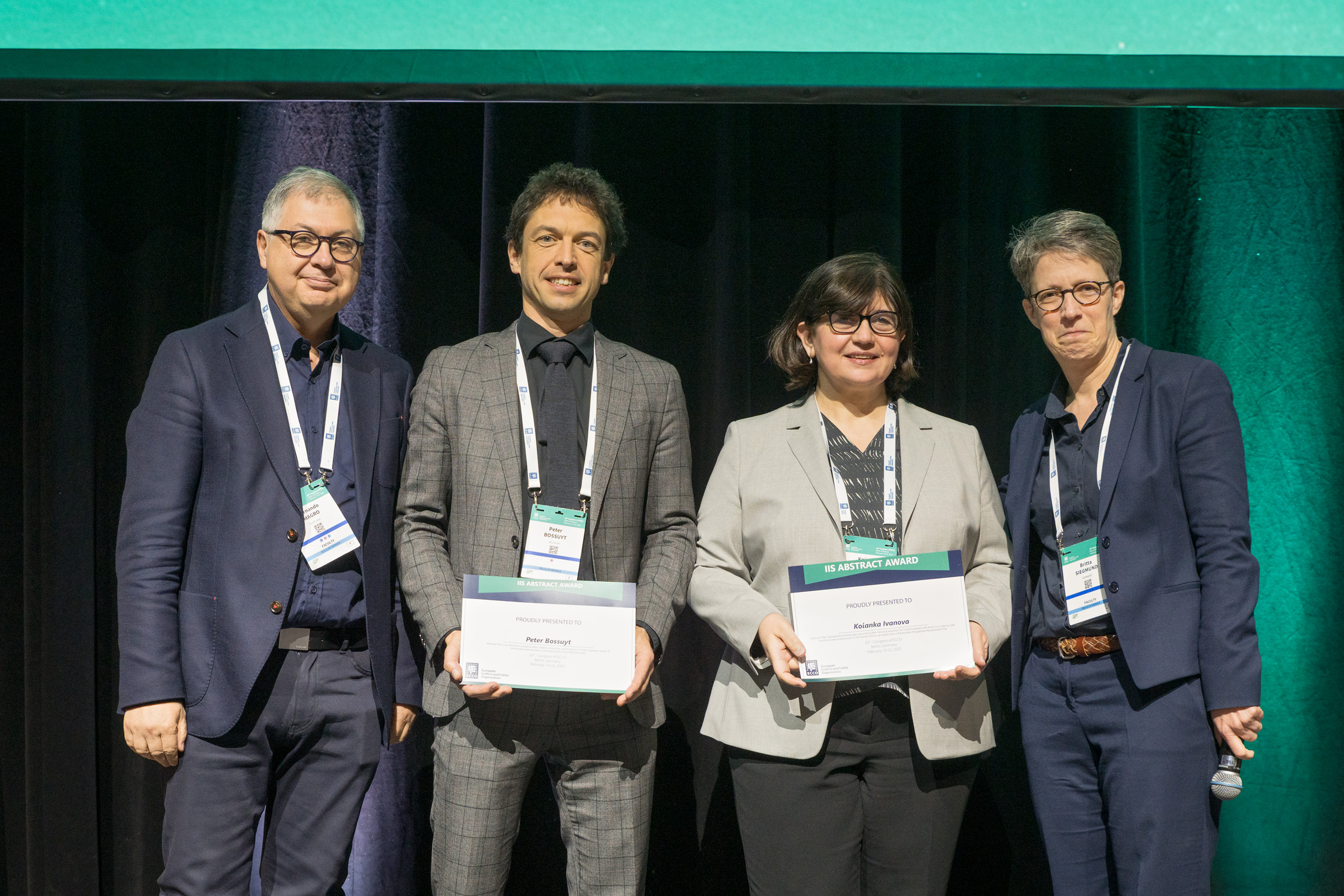Best Investigator-Initiated Study Awards at ECCO’25
Murat Toruner, ClinCom Member
 Murat Toruner © ECCO |
Two studies received Best Investigator-Initiated Study Awards at ECCO’25.
The first study, entitled “Low remission recapture after ustekinumab dose optimization in Crohn’s disease: results of the randomized placebo-controlled double-blind REScUE study”, was led by Peter Bossuyt and colleagues from Belgium.
Many studies have shown that dose escalation reinstates the effect of biologics such as anti-TNFs, vedolizumab and ustekinumab after loss of response. However, the studies showing that the effect of ustekinumab is restored at some point with dose intensification have generally been retrospective and observational.
Therefore, Peter Bossuyt and colleagues aimed to investigate the effect of two different induction dose regimens of ustekinumab on clinical, endoscopic, biological and pharmacological outcomes in patients with Crohn’s Disease (CD). This was a multicentre prospective double-blind randomised placebo-controlled trial which included adult CD patients who presented a secondary loss of response to ustekinumab treatment. All patients received a single IV re-induction dose of ustekinumab (6 mg/kg) and were then randomised 1:1, in blinded manner, to receive either 90 mg SC Q4W (intervention group) or 90 mg SC Q8W (control group). The primary endpoint of this study was steroid-free remission rate at week 48.
In total, 132 patients were screened for the study and 108 were included. The majority of the patients (92%) were anti-TNF experienced. The primary endpoint of steroid-free clinical remission was achieved in 17% of patients in the intervention group vs 16% in the control group (p=0.96). Furthermore, there was no significant difference between the groups regarding endoscopic remission, clinical remission, endoscopic response and biological response.
The authors concluded that in CD patients who had experienced loss of response to ustekinumab, a single IV re-induction dose followed by SC ustekinumab Q4W was not superior to a single IV re-induction dose followed by SC ustekinumab Q8W.
The second study, entitled “Postoperative endoscopic recurrence after ileocecal resection for Crohn’s disease with Kono-S or side-to-side functional end anastomosis: 12–18 months follow-up results from a Multicenter Prospective Randomized Trial”, was led by Koianka Trencheva and colleagues.
In this study, the investigators aimed to compare the endoscopic recurrence rates between Kono-S and side-to-side anastomosis following an ileocaecal resection for CD. This prospective randomised trial was conducted at eight international centres.
In total, 366 CD patients were enrolled in the study, comprising 192 in the Kono-S anastomosis group and 174 in the side-to-side anastomosis group. Of these, 255 completed the 12–18 month follow-up period. Patients underwent a colonoscopy after this follow-up period. The endoscopic recurrence rate was 31.6% in the Kono-S anastomosis group and 33.3% in the side-to-side anastomosis group (non-significant difference). There was no difference in recurrence rate based on biologicals irrespective of anastomosis type. Stricturing (B2), fistulising disease (B3) and Harvey-Bradshaw Index moderate disease activity before surgery were predictive for 12–18 month endoscopic recurrence, with odds ratios of 4.20 (1.19–19.46; p=0.028), 5.35 (1.45–19.69; p=0.012) and 3.29 (1.26–8.60; p=0.015), respectively.
The authors concluded that Kono-S and side-to-side anastomoses have comparable endoscopic recurrence rates at 12–18 months.
Picture is subject to copyright © ECCO
